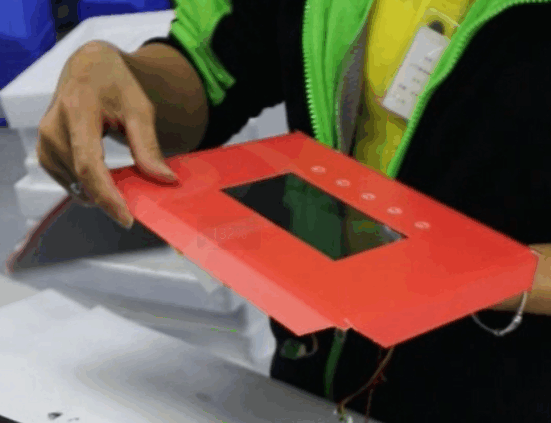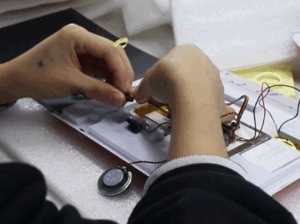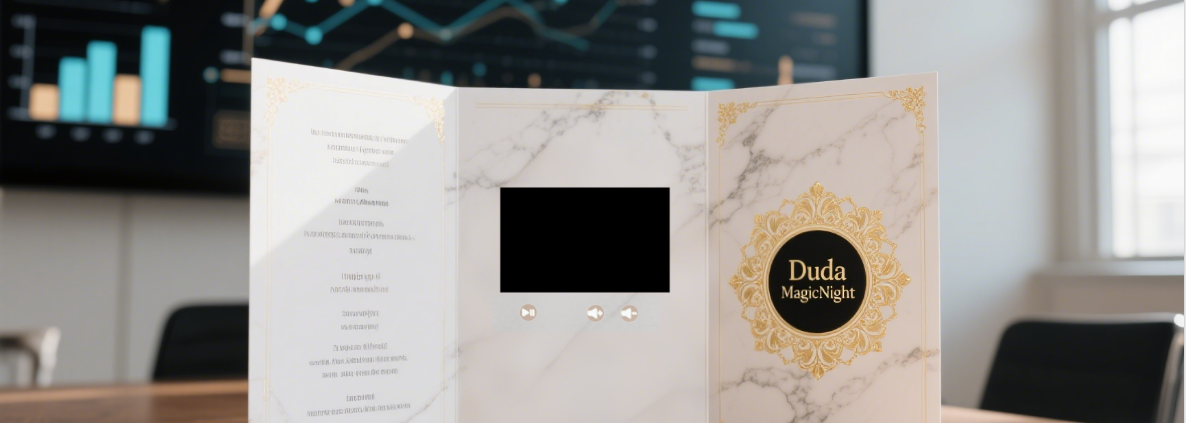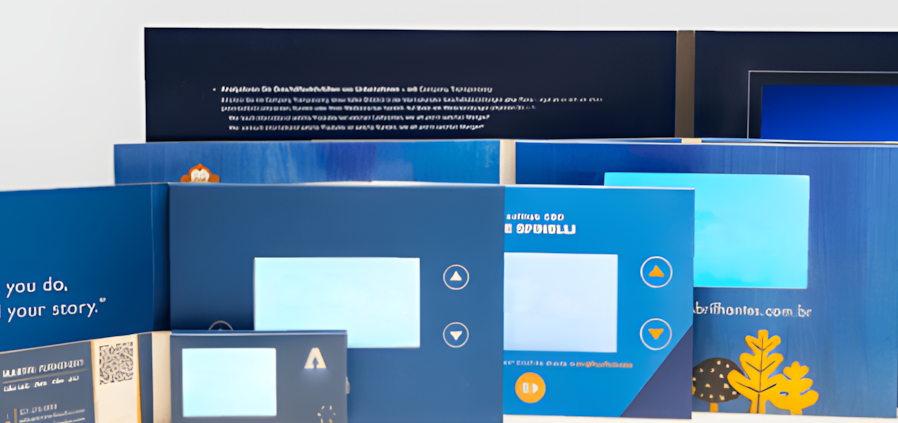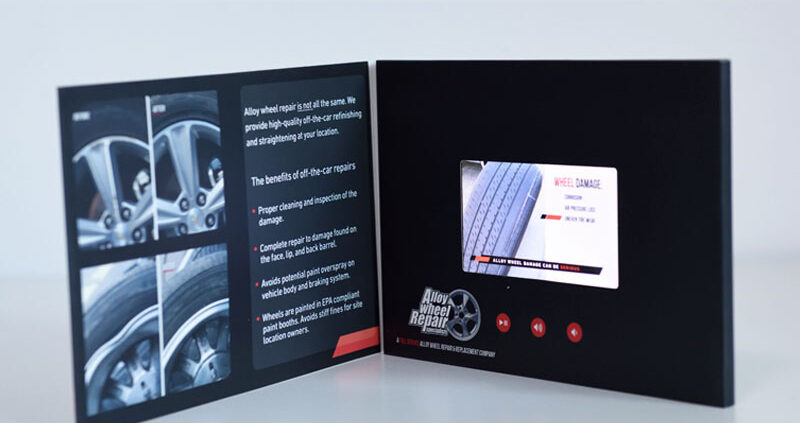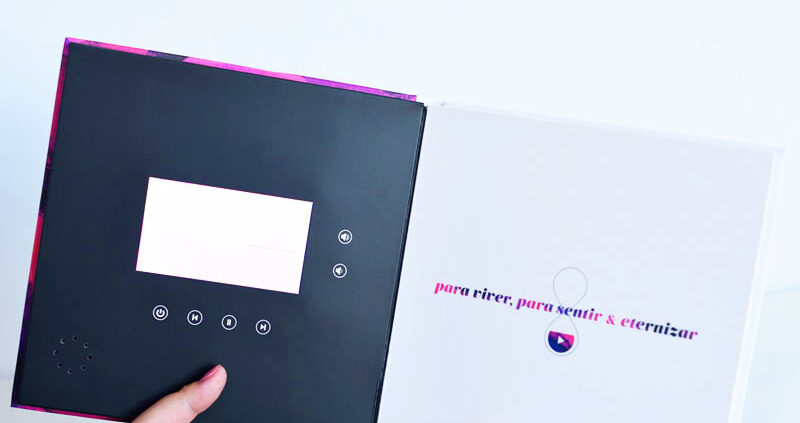Video Mailer Mastery: Behind the Scenes of Crafting High-Impact Hybrid Media for B2B Success
Why Video Brochures Dominate B2B Procurement Conversations
68% of procurement leaders say hybrid media like video brochures accelerate stakeholder buy-in by merging tangible engagement with digital storytelling. For buyers overseeing high-value purchases, mastering the production process ensures alignment with vendors prioritizing quality, speed, and compliance.
3 Phases to Flawless Video Brochure Execution
1. Strategic Planning & Design Fusion
Start by aligning goals: Is your video booklet for trade shows, client gifting (e.g., video greeting cards), or technical demos? Manufacturers like Shiny Industrial use workshops to map buyer journeys, ensuring hybrid media formats (foldable video books, pocket-sized booklets) match use cases. Key steps:
-
Audience-Centric Storyboarding: Tailor content to decision-maker pain points (e.g., ROI calculators for CFOs).
-
Hybrid Design Integration: Combine HD screens (4.3”–10.1”) with durable materials (e.g., embossed covers for luxury brands).
2. Agile Prototyping to Bulk Production
-
Rapid Samples: Receive testable video products in 48 hours to validate usability. A German engineering firm cut approval time by 50% using Shiny’s modular prototypes.
-
Scalable Manufacturing: ISO-certified factories automate screen calibration and memory installation (up to 8GB), enabling batches of 6,000+ units in 10–12 days.
3. Compliance & Quality Assurance
-
Pre-Certified Materials: CE/RoHS-compliant components avoid regulatory delays.
-
12-Point Inspection: Stress-test batteries, screens, and hinges. A beauty brand achieved a 99.8% defect-free rate across 100k units.
Case Snapshot: How Video POS Displays Transformed Mercedes-Benz’s Expo ROI
Custom video brochures with touchscreens boosted Mercedes’ IAA Mobility 2025 booth leads by 45% in 72 hours—proving hybrid media’s scalability for global campaigns.

